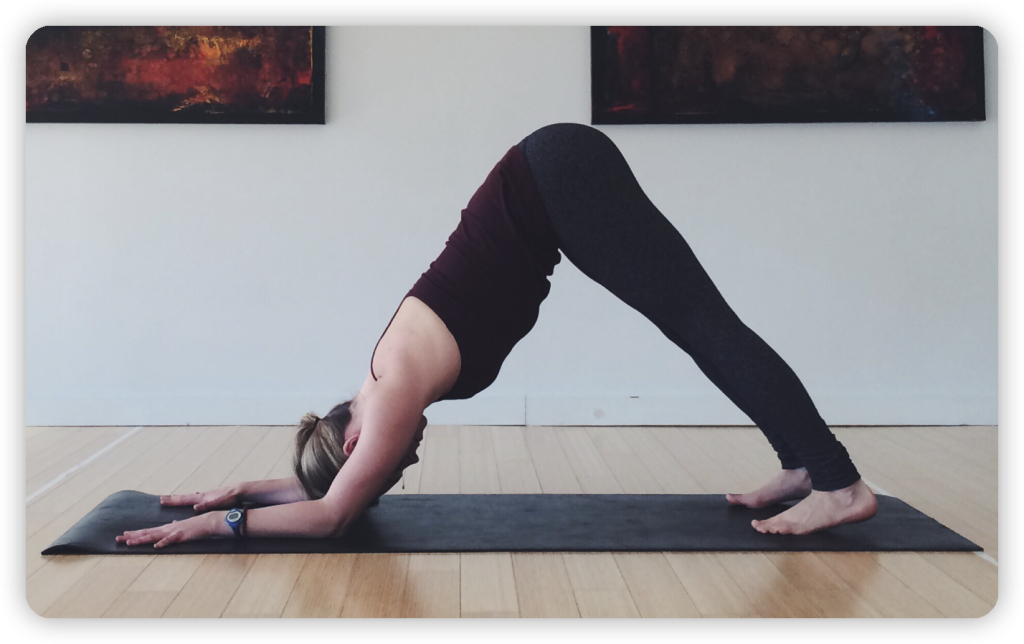
The Dolphin Pose, while resembling the Downward Dog pose in yoga, is primarily supported by the forearms, offering a deeper shoulder and upper back stretch. It’s an excellent preparatory pose for inversions, especially for those who are working towards poses like the headstand or forearm stand. Here’s an expanded guide on its benefits, modifications, and tips:
Benefits of the Dolphin Pose:
- Strengthens Arms and Shoulders: Supporting your body weight on your forearms and engaging the shoulders builds strength in these areas.
- Stretches Hamstrings and Calves: Like in Downward Dog, the Dolphin pose gives the back of the legs a good stretch.
- Opens the Chest and Shoulders: The forearm support allows for a deeper opening in the chest and shoulders.
- Improves Bone Density: Bearing weight on the arms can help combat the onset of osteoporosis.
- Therapeutic Benefits: As mentioned, it can help with high blood pressure, sciatica, and asthma.
Modifications:
- Knees on the Ground: For those new to the pose or feeling a strain, you can keep the knees on the ground, offering a less intense version of the pose.
- Use Blocks: Placing yoga blocks under the hands can provide some lift and make it easier to maintain the pose.
Tips:
- Engage the Core: To maintain stability and protect the lower back, ensure the core is actively engaged.
- Avoid Hyperextension: Ensure that you’re not sinking into the shoulders; rather, push the ground away to create space between the shoulders and ears.
- Maintain Even Weight Distribution: While the forearms bear most of the weight, ensure that the balls of the feet are also engaged, creating a balanced distribution of weight.
- Head Position: Keep the neck neutral, with the head in line with the arms and not dropping down.
Remember, the key to mastering the Dolphin pose, like any other yoga pose, is patience and regular practice. It’s also essential to be mindful of your body’s limitations, and if something feels uncomfortable, it’s okay to come out of the pose and take a break. Consulting with a qualified yoga instructor can provide insights on alignment and form.

